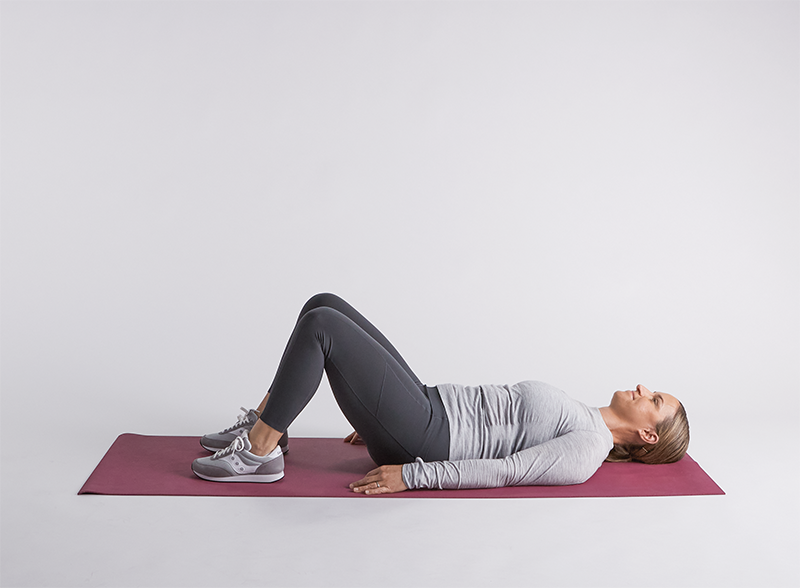How to do a pelvic tilt exercise: a Hinge Health guide
Learn how to do a pelvic tilt exercise to help improve low back pain, plus modifications to make it easier or harder.
$0 cost to you
Published Date: Apr 28, 2023
Table of Contents
Fully Covered Pelvic Care
Find relief from pelvic pain, leakage, muscle weakness, & more.
Check if I'm eligible